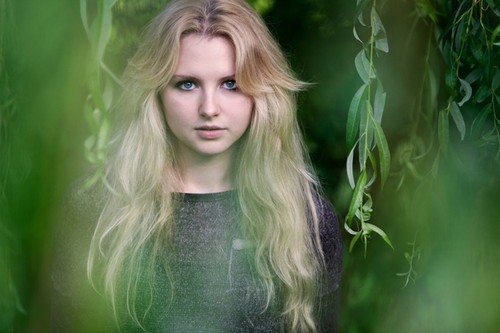Table of Contents
The Angle of the Light
The angle of light refers to the angle formed by the light source point and the horizontal line of the main optical axis of the lens. In natural light conditions, generally refers to the angle formed by the sun’s rays and the horizon.
The direction of the light itself does not determine the exact location of the light source. If the position of the camera is relative to the angle of the light, the spatial positioning of the light source can be determined, and the orientation of the light can be accurately determined.
For example: 45-degree side light, from the perspective of the camera position, the light is the light that illuminates the subject from a high angle of 45 degrees and a side angle of 90 degrees. We can imagine the light effect of this light transmitted to the subject.
The light angle commonly used in photography is 15 degrees to 60 degrees, which is also the light angle that most photographers prefer. Especially for side-lit or side-backlit photography at a 45-degree angle.
Because of this angle of light, whether it is shooting scenery, buildings, flowers, people, etc., it is more conducive to the three-dimensional sense, sense of space, texture, scene contrast, color and lines of the subject. For example: the facial modeling, three-dimensional sense and skin texture of the characters have a good performance. At the same time, it can take into account the front and rear scenery and the scenery contained in the whole picture.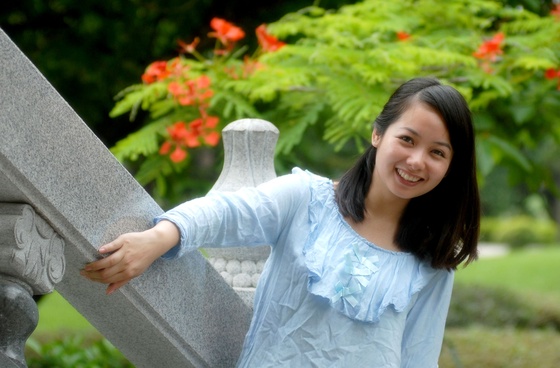
Example 1: A side-lighted character with a soft side light around 60 degrees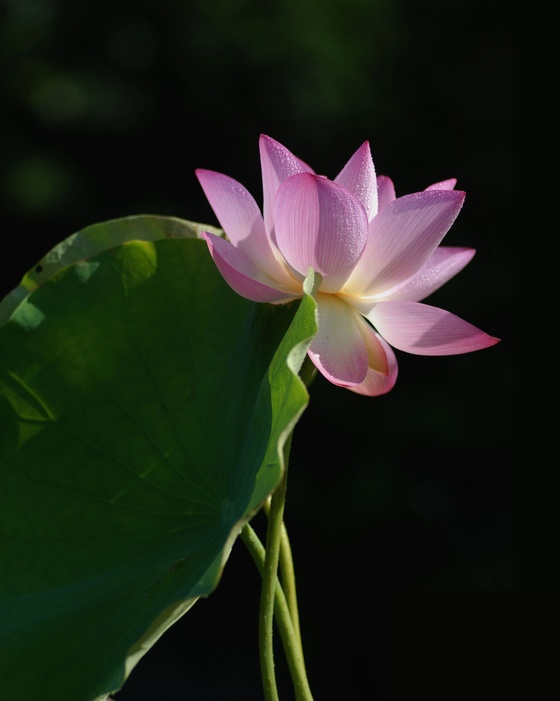
Example 2: The side backlight of about 60 degrees makes the lotus crystal clear, with good layers in both the light and dark parts, showing a better texture and three-dimensional effect
Low Light
Light angles below 15 degrees, morning and evening light, are called low light.
Low light can produce longer projections of the scene, which can exaggerate. The side and low-light scenes have a strong three-dimensional effect. The lines are clear, the layers and texture are obvious. Low backlight can produce halo and halo, making the picture have a good atmosphere effect, but the contrast of the scene is large.
When shooting landscapes in the morning and evening, using low-angle backlighting modeling methods, the light will outline the red clouds like dye, the transpiration of the sea of clouds, the mountains, the villages, and the trees like ink. It also emphasizes the tonal perspective of the scene, producing a strong atmosphere and artistic effect, making it more appealing.
The color temperature of low-angle light varies greatly in the morning and evening. At the same time, the light direction (photography angle) is different, and the color temperature of the light is also quite different. When shooting, pay attention to the setting adjustment of the color temperature value.
For example, in portrait photography, the use of ground-angle light to produce long shadows and exaggerated characteristics can be used for special effects shooting. It is worth noting that some photographers also use a low angle when using a reflector to fill in light for people under natural light, and do not pay attention to the light ratio of the face. The result is that the facial modeling of the characters is not beautified, but ugly. Also, smoother low light can bring the photographer’s projection into the frame.
Note: Tone Perspective
Tonal perspective is one of the ways to express the depth of space in photography. People’s sense of depth to the scene space is closely related to the perspective of space. When the light passes through the atmosphere, due to the scattering effect of the air medium on the light, the contrast of light and dark, the sharpness of the outline, and the saturation of the color of the near scene appear to be larger than those of the distant scene. The nearer the stronger, the farther the weaker. This phenomenon is reflected in the photographic screen to form a tonal perspective effect. In this way, the spatial depth of the scene and the spatial orientation of a certain body are expressed.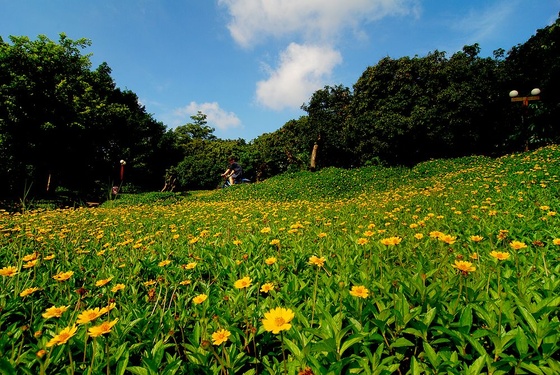
Example 3: Low-angle side light. Since the light direction is relatively positive, the contrast and level of the scene basically depend on the “natural state” of the scene under this light condition. The front and side light makes the diffuse reflection of the light such as steam or dust in the space less, so the sky is blue and clear.
Top Light
If the light hits the subject at an angle of 60–90 degrees, regardless of the direction. We call this light top light. Light at a 90-degree angle is a mid-top light.
In photographic lighting, a mid-top light around a 90-degree angle is always rejected. Although it can express the texture and shape of the top of the subject and the distance from the background. That shows the sense of space of the subject. But because the projection falls vertically to the lower part of the subject, the light modeling effect will not satisfy the photographer.
Especially when photographing people, the top light can cause an abnormal and peculiar shape of the people. Therefore, except for expressing the top features of the subject or using it in special circumstances, general photographers rarely use this top light. We can try some people, buildings, landscapes, still lifes, etc. to see the effect.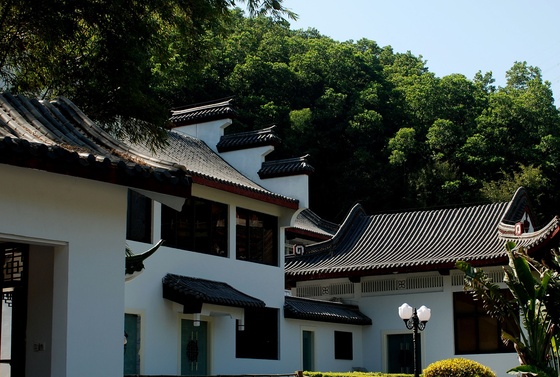
Example 4: Top light buildings. Trees and the light-receiving surface of the top of the house performed well. Because the walls, doors and windows and scenery in the shadow are illuminated by scattered light, the color temperature of the light is high, making the white wall appear blue-cyan. The same is true for other scenes in the shadow. But the color cast is not obvious due to color and reflectivity.
60° Angle Top Backlight
In photography, the modeling effect of positive top light, forward top light and side top light is not ideal. Therefore, it is not commonly used. But the top backlight (about 60 degrees) is the more commonly used light level in photography. It can make the subject rich in layers, clear in color, and full of life. The picture taken is crystal clear. However, the outline of the scene is not as obvious as the low-angle backlight.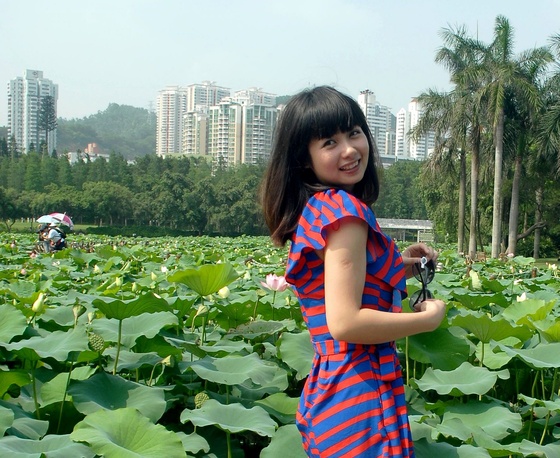
Example 5: The side top light makes the shoulder and arm side, upper part and prominent nose tip and cheekbones of the character receive light
Foot Light
Artificial light has low light below the horizontal line of the main optical axis of the lens, up to minus 60–90 degrees. Too low light is called foot light (low light and foot light do not have a clear angle definition).
We will see in film and television, the use of high-contrast footlights on the villain. And the nose shadow is upward, and the face is hideous. Make the audience feel cruel and fearful.
Foot light can only be created manually. Natural light can only produce foot light after reflection. Pay attention to proper use of foot light, otherwise it will be counterproductive. It is rarely used in general.
The angle of the light will also be involved in the use of light. We will gradually discuss, understand, and understand to practical application.
The Intensity of the Light
The intensity of the light depends on the luminous energy of the light source. Light intensity is generally expressed in terms of luminous flux, illuminance, and brightness. Indoor artificial light photography generally expresses the intensity of light emitted by the power (watts) of the lamp.
The intensity of natural light is mostly measured by the exposure meter to measure the illuminance of the light or the brightness of the reflection of the scene. The camera’s internal metering can only take the brightness, the purpose is to obtain the reference exposure value.
Most photographers pay attention to the effect of lighting, and pay little attention to its strength. As long as you get a satisfactory exposure value, you are satisfied. Light intensity is a very professional talk, so let’s not discuss it further.
(To Be Continued)
